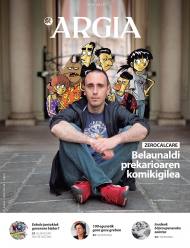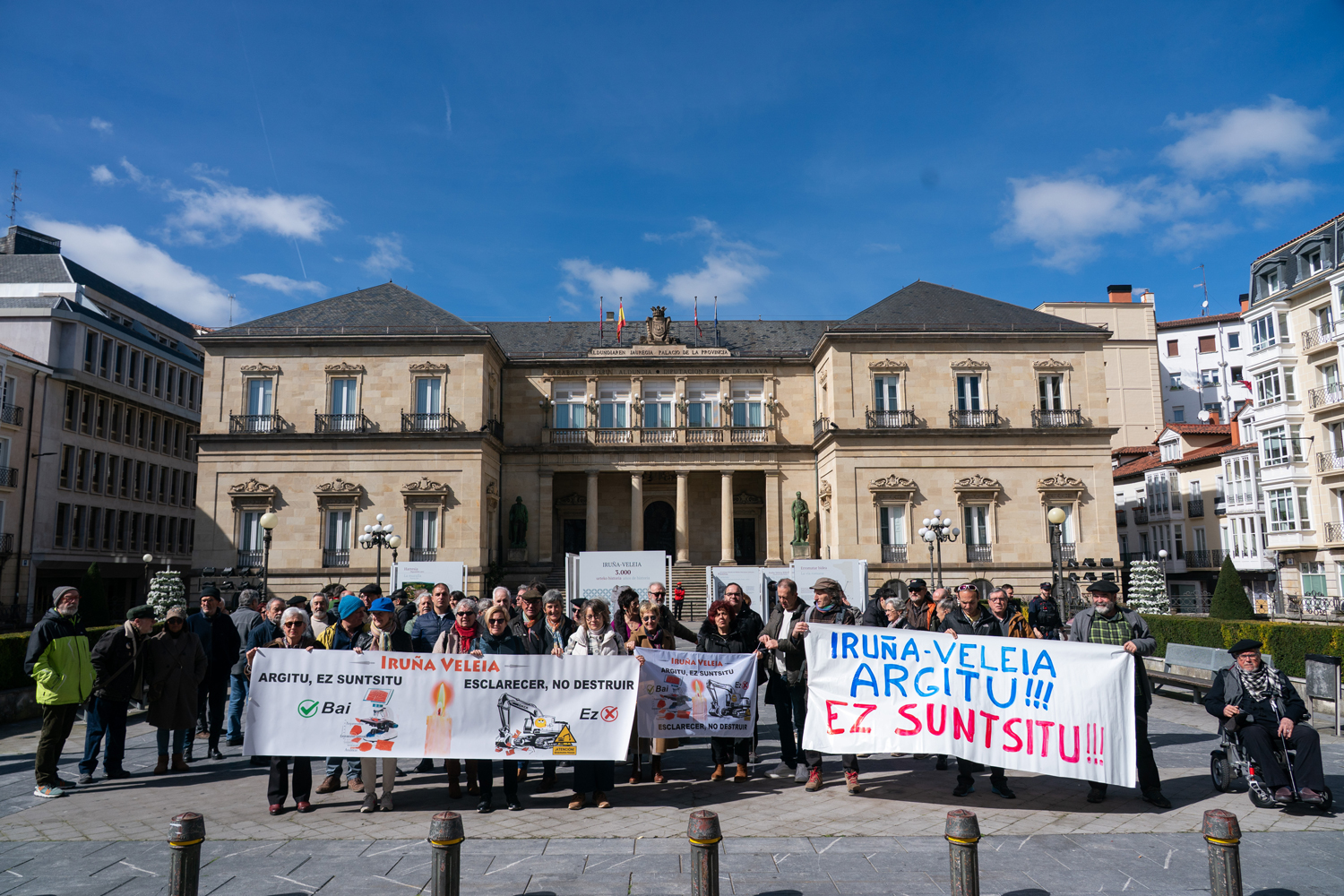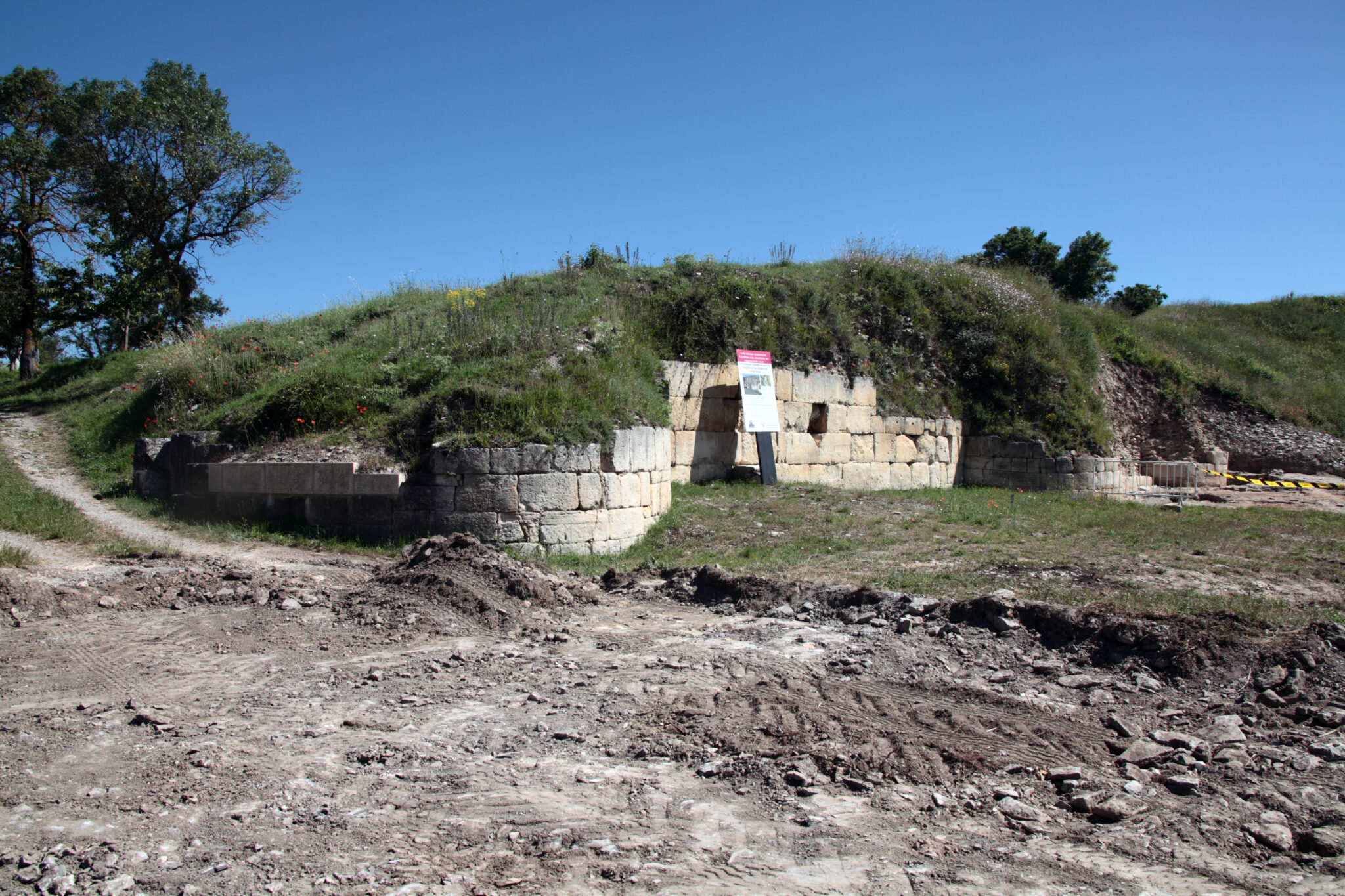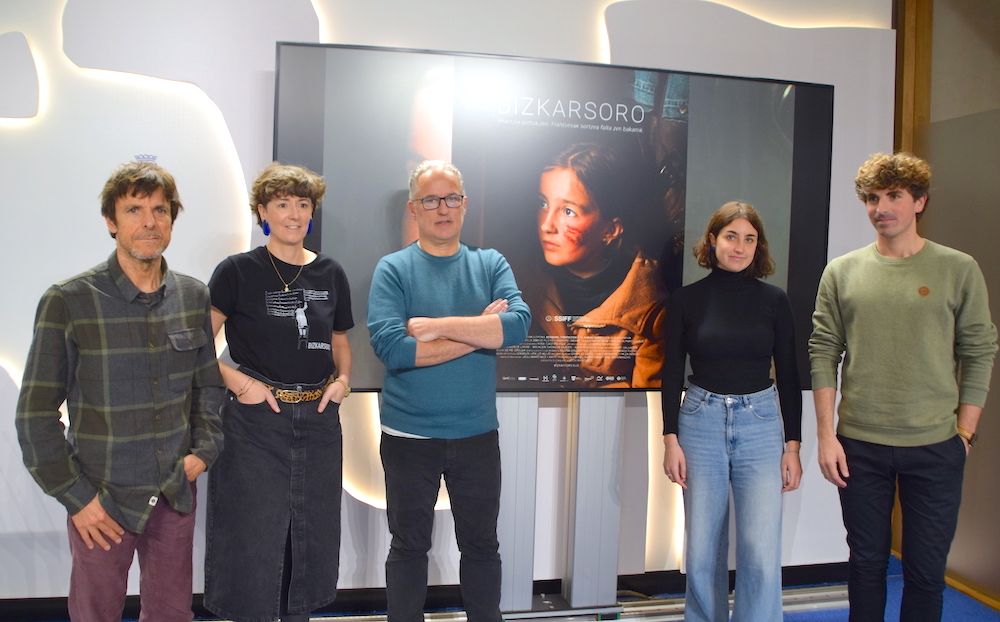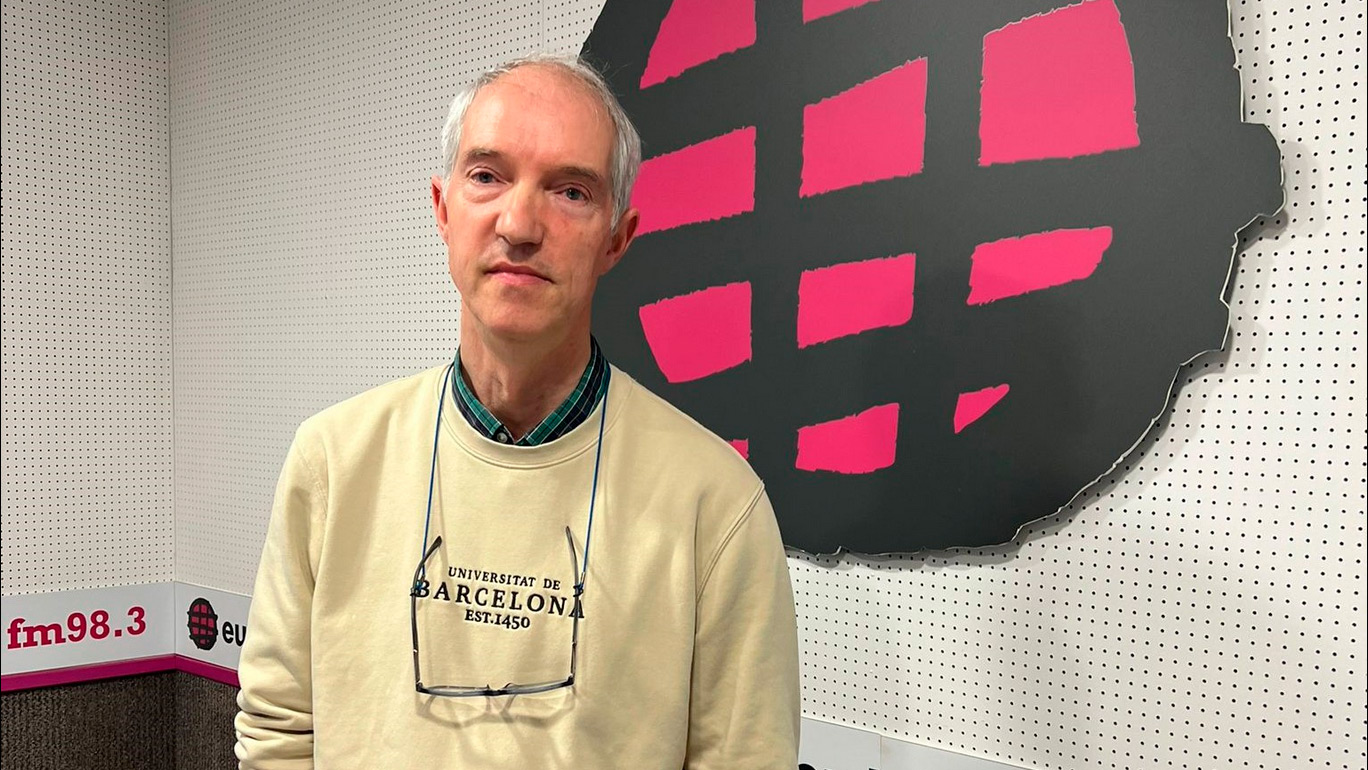Signs of the first interpreter in Basque
- The Portugalujo Manuel de Carredano did not know the old man that the Dimozarra Maria Antonia Barrenetxea took him to court. He was a Basque monolingual, and the question of language was revealed in the trial. The documents then help to detect the symptoms of the socio-linguistic situation of Artziniega in the 18th century.
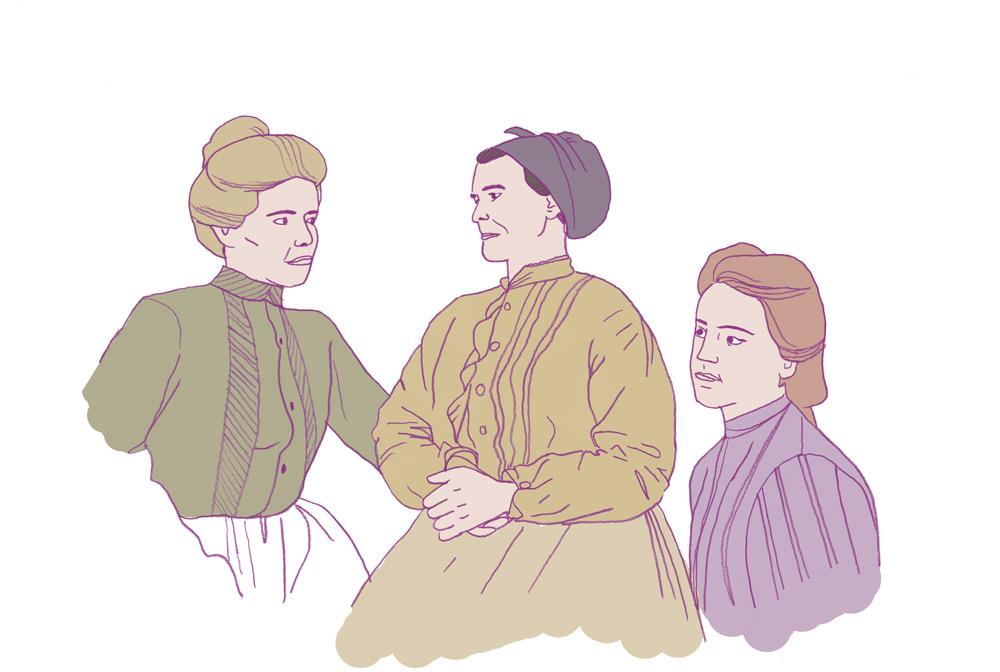
According to the documents preserved in the Municipal Archive of Artziniega, in the afternoon of January 17, 1771 three women arrived to Venta de Aguas to apply for accommodation. Lorenzo de Urizar was the owner of the sale and Lorenzo heard the women that one of them had become pregnant in September at the Arteko fair, where he was looking for the man who had left her pregnant. The women were Biscay and spoke to each other in Basque. But Lorenzo was also Basque, he understood everything and told the authorities. Maria Antonia, accompanied by two friends, sought the one she had left pregnant for deceit. And I would find it, as I said, because the thing had been solved in the lawsuit.
What happened to the judicial route
The following day, with the mayor in charge, Pablo Antonio de Aldama, Lorenzo and the three women went to make the case known. The mayor asked what Maria Antonia was and told them to go out and wait for the other two. He soon realized that he was not performing in Spanish. Seeing that Maria Antonia did not know Castilian, or at least that he did not know it well, the mayor appointed interpreter Lorenzo himself because he was Basque. Maria Antonia was from Dima, was thirty years old and was a widow of Joseph de Goioaga. In his testimony he tells how he was a cook at the Arteko Landako fair for a woman from Bilbao called “postizo hair” (sic) and how he met Manuel de Carredano de Portugalete. Carredano liked Maria Antonia and, saying that he was also a widow and needed a woman, according to the testimony of Maria Antonia, managed to take her to bed around September 20.
Seeing that she was pregnant, Mary went to look for Antonia Carredano to Portugalete. There he discovered that it was false and that Carredano was a married man. The man offered him money to silence, and since Maria Antonia was not willing to accept him, he decided to go for justice.
But let's put aside the sentimentical-sexual question that motivated the judgment and return to the topic of language. Later on we will see what the case was.
The linguistic dimension of judgment and its importance
Artziniega's sociolinguistic history still has a lot to do with research, it's complex and lately we're gathering clues to give birth. The case we are referring to on this occasion is special, because so far we have not heard of it.
Let us analyze carefully what this 1771 judgment shows in the socio-linguistic panorama: Why did you need an interpreter? Were the authorities Castellanoparlantes? Who was that interpreter?
First of all, it should be remembered that in the eighteenth century there was a notable regression of the Basque Country in Aiaraldea, as in many other places in Álava, as well as in the Gordexola Valley. In this regard, Artziniega was special, since the two languages had lived before, but he could not fail to notice the setback: A hundred years after the problem with Manuel de Mezcorta in the General Boards, it does not seem that in the west of Aiaraldea were the monolingual Basques. The Basques, on the other hand, yes, also in Artziniega. Lorenzo Urizar (or Ulizar) is an aquatic spice. From him we are told that he was a neighbor of the city and Euskaldun zaharra (“you hear them and know about their vascuence, in which dho Lorenzo is native”). But was it from Artziniega? It seems not; if we look at the records, we see that Lorenzo Urizar Etxebarria was an Arratian; Martina Zabalburu of Gordexola was married to Mendibilega and died in Artziniega 10 years after the trial, in 1781. We are therefore not faced with a Basque from here, who came from outside. Incidentally, it is curious how in the registers where their surnames are “reneged”, they often appear as Lorenzo Ulizar Chavarria.
So did those present not understand Maria Antonia, and so they needed a translator? Let us look carefully at what the document says:
“I appoint Lorenzo de Ulizar vezino from the administration of the villa by ynterprete, to whom I also oath, and return again to the aforementioned Maria Antonia, present the tenor of the letter of office, by means of said ynterprete and by himself, as well as by Spanish words that eat with what the ynterprete was before my scribe”.
If we look at this part, it seems that the mayor spoke in Spanish, but also in Basque, directly to María Antonia – “by means of that ynterprete and by himself, as well as by many Spanish words”–. In consultation with historian Aketza Merino, and taking advantage of the experience he has with the judgments of the past, we believe that yes, that Mayor Pablo Antonio Aldama spoke in Basque and Spanish and that the interpreter acted for the writer, as he was a Spanish scribe. It’s hard to imagine the exact “picture” of the situation, but we think it was.
This testimony confirms the presence of Euskera in the city of Artziniega at the end of the 18th century. We cannot draw any deeper conclusions at the moment, but we have them in the document, on the one hand, the monolingual Basques that have emerged from the outside – Maria Antonia and her two colleagues – on the other, a bilingual living there – Lorenzo Urizar – and, finally, a clay that seems to know also Euskera, Mayor Pablo Antonio Aldama (born in 1739). Finally, we get a Spanish-language writer, but we still haven't figured out who he was.
It is, therefore, an important testimony, since it is the first to use an Basque interpreter in Artziniega, and it is rather late, precisely, at the time when the greatest regression of the Basque country took place in the area. We are sure that the more we talk about these documents, the more they will emerge.
Addendum: Sentencing and punishment of “crime”
Although this article is not intended to give details about the conflict between the Dimozarra María Antonia Barrenetxea and the Jarrillero Manuel Carredano, we will note at least the end of the gorge: it was proved that Juan Manuel Carredano was a married man and that Maria Antonia was fooled by the linen deals at the fair of Artziniega (“Acts”). His arrest was ordered and a harsh sentence was imposed on him for committing adultery: to enter prison or to go to service in armies. Then did Maria Antonia receive reparation and justice? If not, an order was issued to enclose those who were caused by fragility, injury and impasse, i.e., to remain in a house in which they were arrested. It was decreed that he would henceforth be locked in the house of Tomasa de Ulibarri, in Artziniega, and that public holidays would come only for religious services.
Otsailean bost urte bete dira Iruña-Veleiako epaiketatik, baina oraindik hainbat pasarte ezezagunak dira.
11 urteko gurutze-bidea. Arabako Foru Aldundiak (AFA) kereila jarri zuenetik epaiketa burutzera 11 urte luze pasa ziren. Luzatzen den justizia ez dela justizia, dio... [+]
Martxoaren 30erako Iruña-Veleia martxan, SOS Iruña-Veleia eta Euskeraren jatorria elkarteek manifestaziora deitu dute, Aski da! Argitu, ez suntsitu lelopean. Azken bi urteetan "hondeatzaileak sistematikoki eremu arkeologiko oso aberatsak suntsitzeko modu... [+]
Urriaren 26an Iruña-Veleia Argitu, ez suntsitu jardunaldian Zenbat esku daude Iruña-Veleian aurkitutako ostraken testuetan? ponentzia aurkeztu zuen Joseba Lizeagak
“It’s been 18 years since some 400 graffiti appeared on the excavation, 16 years since he was expelled from the excavation camp of Lurmen without scientific evidence and 4 years since the trial was held without clarifying the subject, we can say that we continue to... [+]
Today, all the hierarchies that have been built in our world are the result of a process of global colonization. These global hierarchies of domination are formed by other more specific intertwined hierarchies, that is, classical, ethnic, aesthetic and even linguistic. What we... [+]
In June 18 years ago we started to get to know the paintings of Iruña Veleia. Good news for the Basques.
But the current situation is not so satisfactory. On the one hand, the Provincial Council of Álava (DFA) says that all graphites are false, and that those who think... [+]









